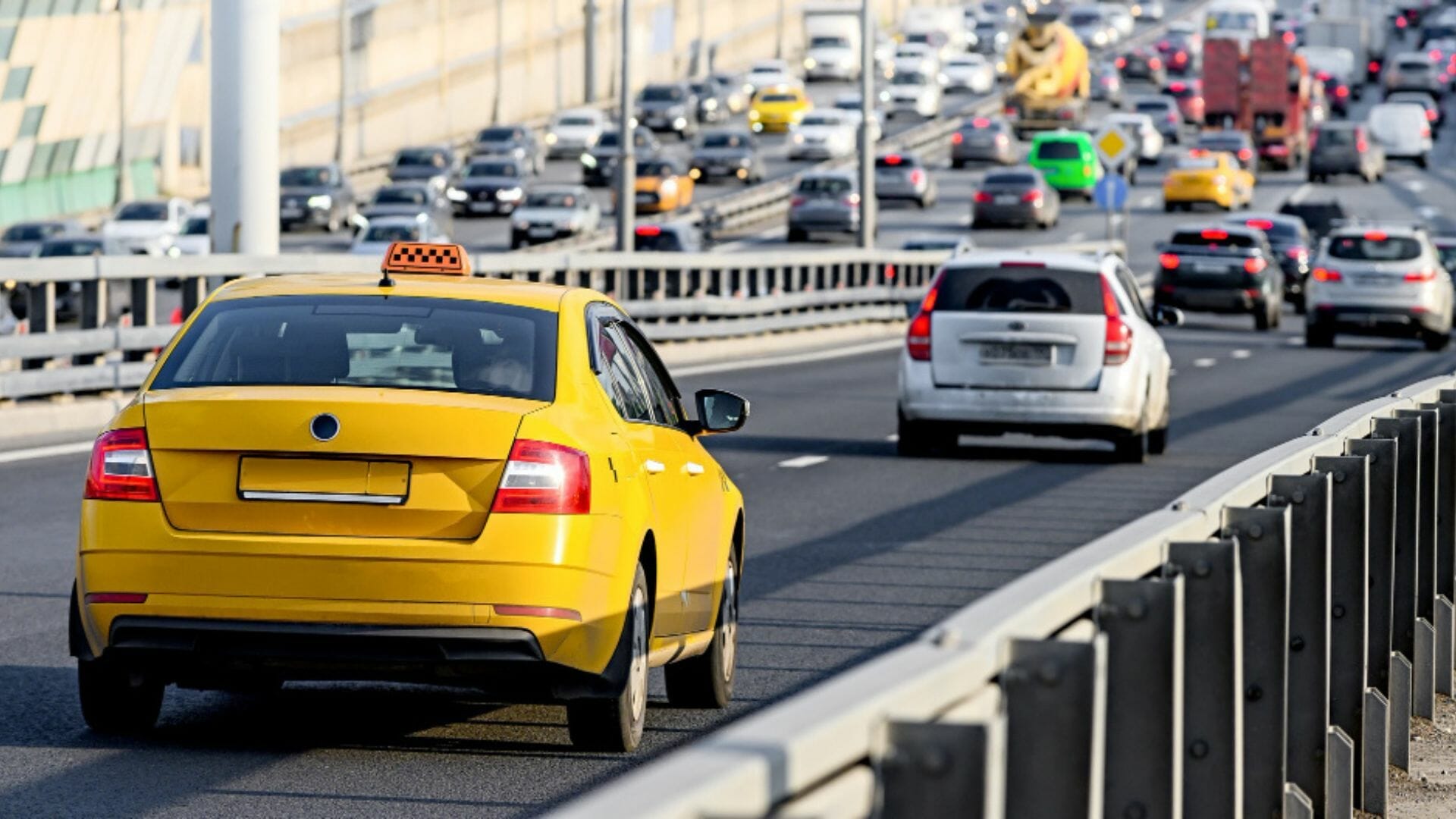Car wrecks are not always accidents — they are usually avoidable. Drivers have a better chance of remaining accident- and injury-free by paying proper attention while driving. Sadly, many drivers operate their vehicles negligently or recklessly, leading to car collisions. One of the best ways to avoid a car crash is to always keep a safe following distance from the vehicle in front of you. But what is a safe following distance?
The answer depends on factors like traffic speed and road conditions. Sometimes, it may be safe to follow a vehicle more closely than at other times. For this reason, time-to-stop is a preferred measurement, not actual distance.
What is the following distance rule for normal driving when measured in time-to-stop? One of the most popular guidelines is the three second rule. In most situations, this rule gives drivers enough time to avoid crashing into the car in front of them.
What Is the Following Distance Rule for Normal Driving?
There are no traffic laws that establish an exact following distance. Instead, the law requires drivers to remain at a safe distance. Because a safe distance varies depending on the situation, most drivers rely on a few rules of thumb, like the three-second rule.
The Three Second Rule for Driving
Since there are no specific laws on the matter, many driving experts recommend the three second rule. This rule holds that drivers should remain at a distance that allows them three seconds to react to the vehicle they are following.
Practical Application of the Three Second Rule
Using the three second rule is not difficult, and it could save you much headache and expense. When in traffic behind another driver, simply choose a roadside landmark and note when the driver in front of you passes it.
The landmark can be anything from a tree to a billboard. If you are at a safe distance behind the driver, you should reach the landmark at or after three seconds have passed. If you reach it sooner, then you can simply slow down accordingly.
Keep in mind that many believe that the three second rule is suitable only for speeds below 40 miles per hour. When both vehicles are traveling over 40 miles per hour, many experts advise that the driver in the rear should add one second for every additional 10 miles per hour of speed.
For example, a driver who is following another car at 60 miles per hour should keep five seconds of following distance.
The One-Second Rule
The three-second rule is not the only rule for determining safe distances; some drivers go by the one-second rule. This rule takes into account vehicle length when determining how far a car should be from the vehicle it is following.
Essentially, the one-second rule holds that drivers going below 40 miles per hour should allow for one second of the distance between themselves and other drivers for every 10 feet of vehicle length. When a driver goes over 40 miles per hour, they should add an additional second for every 10 feet of vehicle length.
This rule also has a variation that does not consider vehicle length. It allows for one second of space between vehicles for every 10 miles per hour of traffic speed.
For example, if the vehicles are going 40 miles per hour, the driver in the back would leave four seconds of distance. And for speeds of 60 miles per hour, six seconds of distance would be appropriate.
The Importance of Following Distance
Asking, “What is the following distance rule for normal driving?” is important because the answer can keep you and others from an automobile accident. Rear-end collisions are among the most common types of accidents, and they typically occur when a driver is following another vehicle too closely.
Although some rear-end collisions are minor fender benders, they can frequently be catastrophic and deadly. For example, rear-end collisions on highways at high speeds can cause serious property damage and life-threatening injuries.
By understanding how to drive safely when behind another driver, you can avoid causing a rear-end collision. You can also identify problematic drivers who follow too closely behind you.
Who Is at Fault in a Rear-End Collision?

You might assume that the driver in the back is at fault in a rear-end collision. However, that is not always true. When deciding who is at fault, you must look closely at the facts of the accident to determine where the negligence occurred.
When a driver follows too closely and a wreck ensues, that driver will likely be on the hook for damages. However, not all rear-end crashes occur because the driver in the back was following too closely.
Take a driver whose brake lights do not work. Without these bright red warning lights, a rear-end collision becomes more likely and would be the fault of the driver in front. Or a driver who suddenly and unreasonably brakes may also be responsible for an accident that follows. The following distance is not the only reason for rear-end collision.
What to Do After a Rear-End Collision
If you are ever in a rear-end collision, make sure that you and your passengers are safe. This may require you to move to the side of the road or somewhere similar. If anyone needs immediate medical care, call first responders for help.
Don’t forget to file a police report or a report with the DMV, and remember to never admit guilt. And most importantly, contact a skilled car accident attorney.
Reach Out to The Joel Bieber Firm for Quality Representation
If you have been in a rear-end crash or any other type of car accident, we are ready to listen and potentially help you pursue compensation for your losses. Contact The Joel Bieber Firm for a free consultation today.
Interesting Reads:
Tailgating Accidents: What You Need to Know About?

